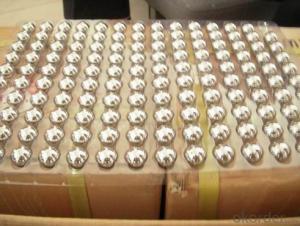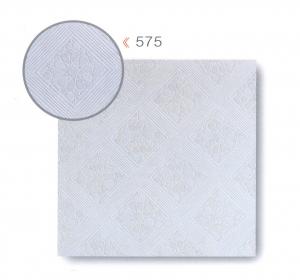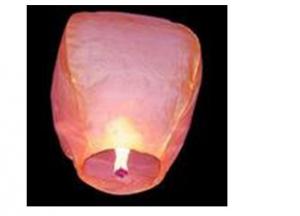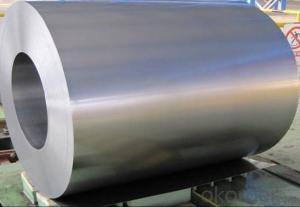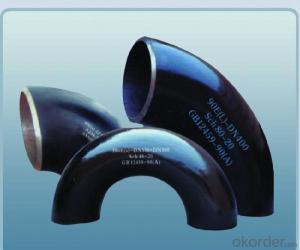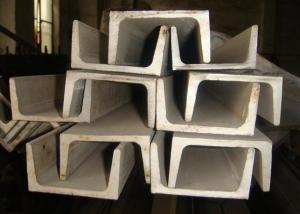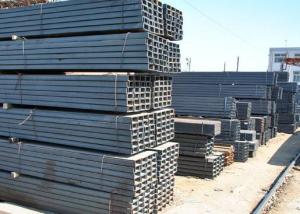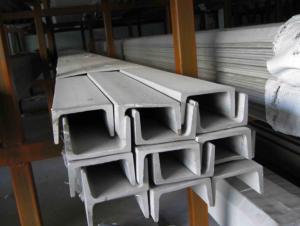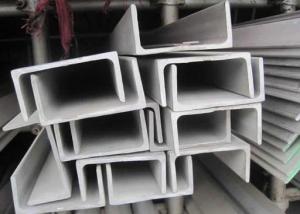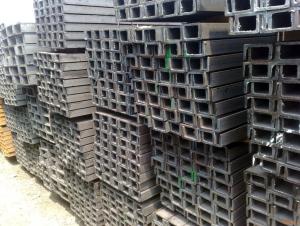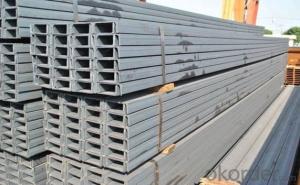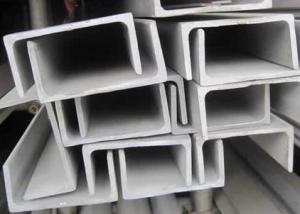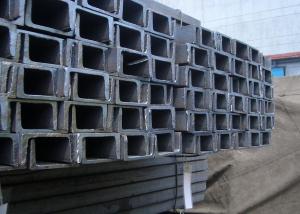Stainless Steel Sky Dweller
Stainless Steel Sky Dweller Related Searches
Best Paint For Stainless Steel Blanket Insulation For Steel Buildings Primer For Galvanized Steel Foam Filter For Stainless Steel H S Code For Stainless Steel Surface Grinding Wheels For Stainless Steel Surface Grinding Wheels For Hardened Steel Hole Saw For Stainless Steel Paint For Stainless Steel Stainless Steel For BbqHot Searches
Steel Mesh Panels For Sale Price For Stainless Steel Scrap Scrap Price For Stainless Steel Price For Stainless Steel Stainless Steel Tank For Sale Stainless Steel Sheets For Sale Cheap High Tea Sets For Sale Stainless Steel Tanks For Sale Stainless Steel For Sale High Density Fiberboard For Sale Solar Hot Water Collectors For Sale Scaffolding For Sale In Uae Scaffolding For Sale In Ireland Scaffolding For Sale In Houston Type Of Inverter For Solar Price Of Shipping Containers For Sale Types Of Inverter For Solar Stock Price For Aluminum Used Solar Inverter For Sale Steel Mesh Panels For SaleStainless Steel Sky Dweller Supplier & Manufacturer from China
Okorder.com is a professional Stainless Steel Sky Dweller supplier & manufacturer, offers integrated one-stop services including real-time quoting and online cargo tracking. We are funded by CNBM Group, a Fortune 500 enterprise and the largest Stainless Steel Sky Dweller firm in China.Hot Products
FAQ
- Stainless steel channels are known for their resistance to impact and abrasion. This is due to the high durability and excellent strength and toughness of stainless steel. The presence of alloying elements like chromium and nickel further enhances the material's ability to withstand impact and resist abrasion, thanks to their corrosion resistance and ability to increase hardness. Moreover, stainless steel channels can be hardened even more through different heat treatment processes, making them exceptionally resistant to impact and abrasion. In summary, stainless steel channels are a dependable option for applications that demand resistance to impact and abrasion.
- Yes, stainless steel channels can be used for recreational or sports facilities. Stainless steel is a durable and corrosion-resistant material, making it ideal for use in environments where there is exposure to moisture or chemicals. Stainless steel channels can be used for a variety of purposes such as handrails, barriers, or structural supports in recreational or sports facilities, ensuring safety and longevity.
- Yes, stainless steel channels can be used in outdoor or corrosive environments. Stainless steel is known for its excellent corrosion resistance properties, which make it suitable for use in harsh environments where moisture, chemicals, or saltwater exposure may be present. Stainless steel channels are often used in applications such as marine structures, outdoor railings, industrial facilities, and chemical processing plants, where they need to withstand exposure to corrosive elements. The chromium content in stainless steel forms a passive oxide layer on the surface, which acts as a protective barrier against corrosion. Additionally, stainless steel channels are available in various grades, such as 304 and 316, with 316 being more resistant to corrosion in highly corrosive environments. Overall, stainless steel channels are a durable and reliable choice for outdoor or corrosive environments.
- Yes, stainless steel channels can be used for door or window frames. Stainless steel is known for its durability, strength, and resistance to corrosion, making it a suitable material for constructing frames. It provides excellent structural support while maintaining an aesthetic appeal. Additionally, stainless steel's low maintenance requirements make it a practical choice for door or window frames, as it won't rust or deteriorate over time. Overall, stainless steel channels are a reliable and long-lasting option for door or window frames.
- The availability of stainless steel channel profiles or shapes can be influenced by factors such as the demand and market trends for stainless steel products, the availability of raw materials and resources required for manufacturing, the production capacity and capabilities of stainless steel manufacturers, the level of competition in the industry, and any trade restrictions or regulations imposed on the import or export of stainless steel products.
- Yes, stainless steel channels are suitable for use in the chemical processing industry. Stainless steel is highly resistant to corrosion and can withstand exposure to various chemicals, making it an ideal material for this industry. It is also durable, strong, and easy to clean, which is important in maintaining a hygienic environment. Additionally, stainless steel channels can be customized to meet specific requirements, such as dimensions and shape, making them versatile for different applications in the chemical processing industry. Overall, stainless steel channels offer excellent performance and reliability in this demanding industry.
- Determining the suitable thickness for a stainless steel channel to support a specific load involves considering several factors. Here are the steps you can take to determine the appropriate thickness: 1. Identify the load: Begin by understanding the specific load that the stainless steel channel will experience. This includes the weight or force applied to the channel, as well as any additional factors like vibrations, impact loads, or dynamic forces. 2. Determine the material properties: Stainless steel comes in different grades, each with its own mechanical properties. Identify the grade of stainless steel to be used for the channel and gather the necessary material data, including yield strength, tensile strength, and modulus of elasticity. These properties are crucial for calculating the appropriate thickness. 3. Evaluate the deflection criteria: Determine the maximum allowable deflection or deformation that the channel can endure without compromising its structural integrity. This will depend on the specific application and industry standards. Consider the span length of the channel and any support conditions, as these will affect the deflection calculations. 4. Perform stress analysis: Utilize engineering principles such as beam theory and finite element analysis (FEA) to calculate the stress distribution in the stainless steel channel under the given load. Consider both the bending and shear stresses that will occur. The maximum stress and its location along the channel will help determine the necessary thickness. 5. Apply safety factors: To ensure a conservative design, apply appropriate safety factors to the calculated stresses. These factors account for uncertainties in material properties, manufacturing processes, and potential variations in service conditions or unexpected loads. Common safety factors range from 1.5 to 2.0, depending on the level of risk tolerance. 6. Calculate the required thickness: Use the stress and safety factor information to determine the minimum thickness required for the stainless steel channel. This can be done by employing standard engineering equations for beam stress and deflection calculations. Consider the geometry of the channel, such as its width and height, as these will influence the overall stiffness and load-bearing capacity. 7. Check available sizes: Compare the required thickness with the available stainless steel channel sizes offered by manufacturers. Select the closest available size that meets or exceeds the calculated thickness. It is generally recommended to choose a slightly thicker channel for a robust design. 8. Consult industry standards and guidelines: Finally, consult relevant industry standards, codes, and guidelines that provide specific recommendations for designing stainless steel channels. These standards may have additional requirements or considerations that should be taken into account during the design process. By following these steps, you can determine the appropriate thickness of a stainless steel channel for a specific load, ensuring a safe and reliable design. However, it is important to note that this process requires expertise in structural engineering and material science. It is recommended to consult with a qualified professional or engineer when designing critical or complex structures.
- Yes, stainless steel channels are highly suitable for coastal or saltwater environments. Stainless steel is known for its exceptional resistance to corrosion, making it an ideal choice for applications exposed to seawater or high levels of salt. It contains a significant amount of chromium, which forms a protective oxide layer on the surface, preventing rust and corrosion. This oxide layer acts as a barrier, shielding the steel from the corrosive effects of saltwater and other environmental factors. Additionally, stainless steel channels are durable, strong, and have a long lifespan, making them well-suited for coastal or saltwater environments where they may be exposed to harsh conditions such as high humidity, salt spray, and extreme temperatures. Overall, stainless steel channels are a reliable and effective choice for applications in coastal or saltwater environments.




















